
Gary Anthony James Webb, known professionally as Gary Numan, is an English musician. He entered the music industry as frontman of the new wave band Tubeway Army. After releasing two studio albums with the band, he released his debut solo studio album The Pleasure Principle in 1979, topping the UK Albums Chart. His commercial popularity peaked in the late 1970s and early 1980s with hits including "Are 'Friends' Electric?" and "Cars". Numan maintains a cult following. He has sold over 10 million records.

The Pleasure Principle is the debut solo studio album by the English new wave musician Gary Numan, released on 7 September 1979 by Beggars Banquet Records. The album came about six months after Replicas (1979), his second and final studio album with the band Tubeway Army. The Pleasure Principle peaked at No. 1 on the UK Albums Chart.

Telekon is the second solo studio album by the English musician Gary Numan. It debuted at the top of the UK Albums Chart in September 1980, making it his third consecutive No. 1 album. It was also the third and final studio release of what Numan retrospectively termed the "machine" section of his career, following Replicas and The Pleasure Principle.
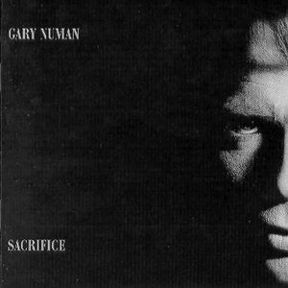
Sacrifice is the twelfth solo studio album by English musician Gary Numan, released in October 1994 by Numa Records. Its release is often cited as marking the start of a critical and artistic rejuvenation for Numan. The album was released in the US in 1997 with a different title, Dawn, based on the comic book character Dawn. It also carried cover art by Joseph Michael Linsner.

"I Die: You Die" is a song by the British musician Gary Numan, released as a single in August 1980. Released shortly before his fourth album, Telekon, it continued the anthemic style Numan had begun earlier in the year with "We Are Glass". The composer himself described the two singles as "Much the same thing. Both very chorus-orientated with the guitars as the main rhythmic device and the keyboards tinkling over the top".

I, Assassin is the fourth solo studio album by the English new wave musician Gary Numan, released on 10 September 1982 by Beggars Banquet. It peaked at No. 8 on the UK Album Chart. Three singles were released from the album: "Music for Chameleons", "We Take Mystery " and "White Boys and Heroes", all of which reached the UK Top 20.
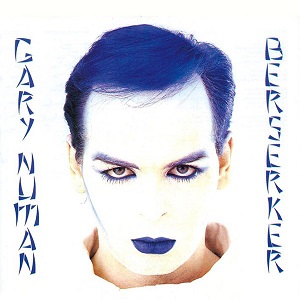
Berserker is the sixth solo studio album by the English new wave musician Gary Numan, released on 9 November 1984, it was his first album to be released under Numan's own record label, Numa Records.

Warriors is the fifth solo studio album by the English new wave musician Gary Numan, released on 16 September 1983 by Beggars Banquet Records, it would be his last studio release on that label.

The Fury is the seventh solo studio album by the English musician Gary Numan, originally released in September 1985, it was Numan's second release on his self-owned Numa Records label. It saw him continuing to explore the sample-heavy industrial sound that he had developed for his previous album Berserker in 1984.
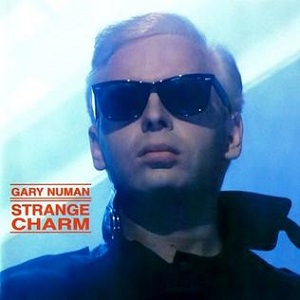
Strange Charm is the eighth solo studio album by the English musician Gary Numan, originally released in November 1986, it was Numan's third release on his self-owned Numa Records label. The album was not released in the United States until 1999 when it was issued in a digitally remastered form with five bonus tracks by Cleopatra Records. In the same year it was also reissued with bonus tracks in the United Kingdom by Eagle Records.
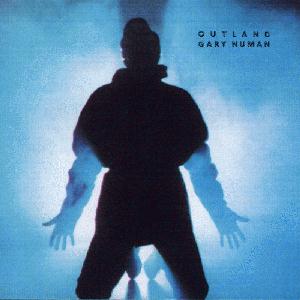
Outland is the tenth solo studio album by the English musician Gary Numan, released in March 1991. It was Numan's second and last studio album to be released by I.R.S. Records. It reached Number 39 on the UK charts. The songs "Heart" and "My World Storm" were released as singles; "Heart" charted at Number 43, while "My World Storm" eventually became a US-only promo single after a planned UK release was shelved due to the inner turmoil at the label around the release of the album. The latter however reached Number 46 on the US dance chart. The reaction to it was mixed with Q Magazine calling it 'repetitive and full of affectation'.

Automatic is a 1989 album released by Sharpe & Numan.
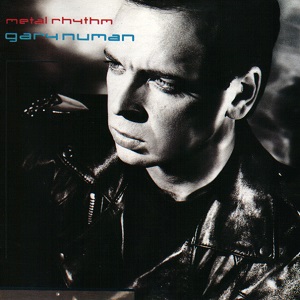
Metal Rhythm is the ninth solo studio album by the English musician Gary Numan, released in September 1988 by I.R.S. Records.

The Skin Mechanic is a live album released by British musician Gary Numan during his stint with IRS Records. The album was recorded in 1988 and released in 1989.
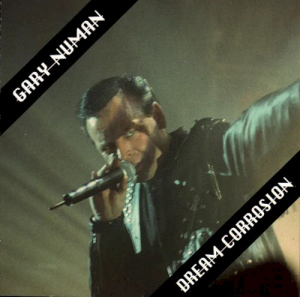
Dream Corrosion is a 1994 live album by the British electronic musician Gary Numan. It was recorded at the London Hammersmith Apollo on 6 November 1993, and was originally released under the Numa Records label.
Mark Eldridge, better known by the stage name Kipper, is a British Grammy Award-winning guitarist, keyboardist and record producer, known mostly from his collaborations with Gary Numan and Sting.

Dark Light is a live album by English musician Gary Numan. The album was released in June 1995 in the United Kingdom. The album was not released in the United States until August 1998. In April 2003 the album was remastered and reissued. The album was recorded at Numan's concert at Labatt's Hammersmith Apollo in London on 12 November 1994 during his Sacrifice Tour. The album reached number 107 on the UK Albums Chart.
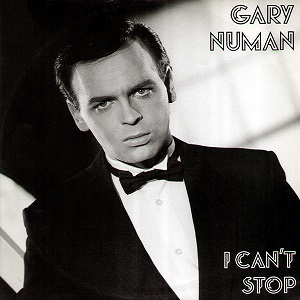
"I Can't Stop" is a song by English musician Gary Numan, which was released in 1986 as the second single from his eighth studio album Strange Charm. It was written by Numan, and produced by Numan and the Waveteam. "I Can't Stop" reached No. 27 in the UK and remained on the charts for four weeks.
Radio Heart was a music project by Scottish brothers Hugh and David Nicholson, formerly of Blue, who are best known for their collaboration with Gary Numan in 1987.
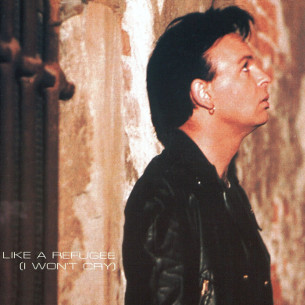
"Like a Refugee (I Won't Cry)" is a song by English singer and musician Gary Numan, which was released in 1994 as a non-album single under the name "Numan & Dadadang". It was written by Hugh Nicholson, and produced by Hugh and David Nicholson. "Like a Refugee (I Won't Cry)" reached No. 78 in the UK Singles Chart in May 1994.



















